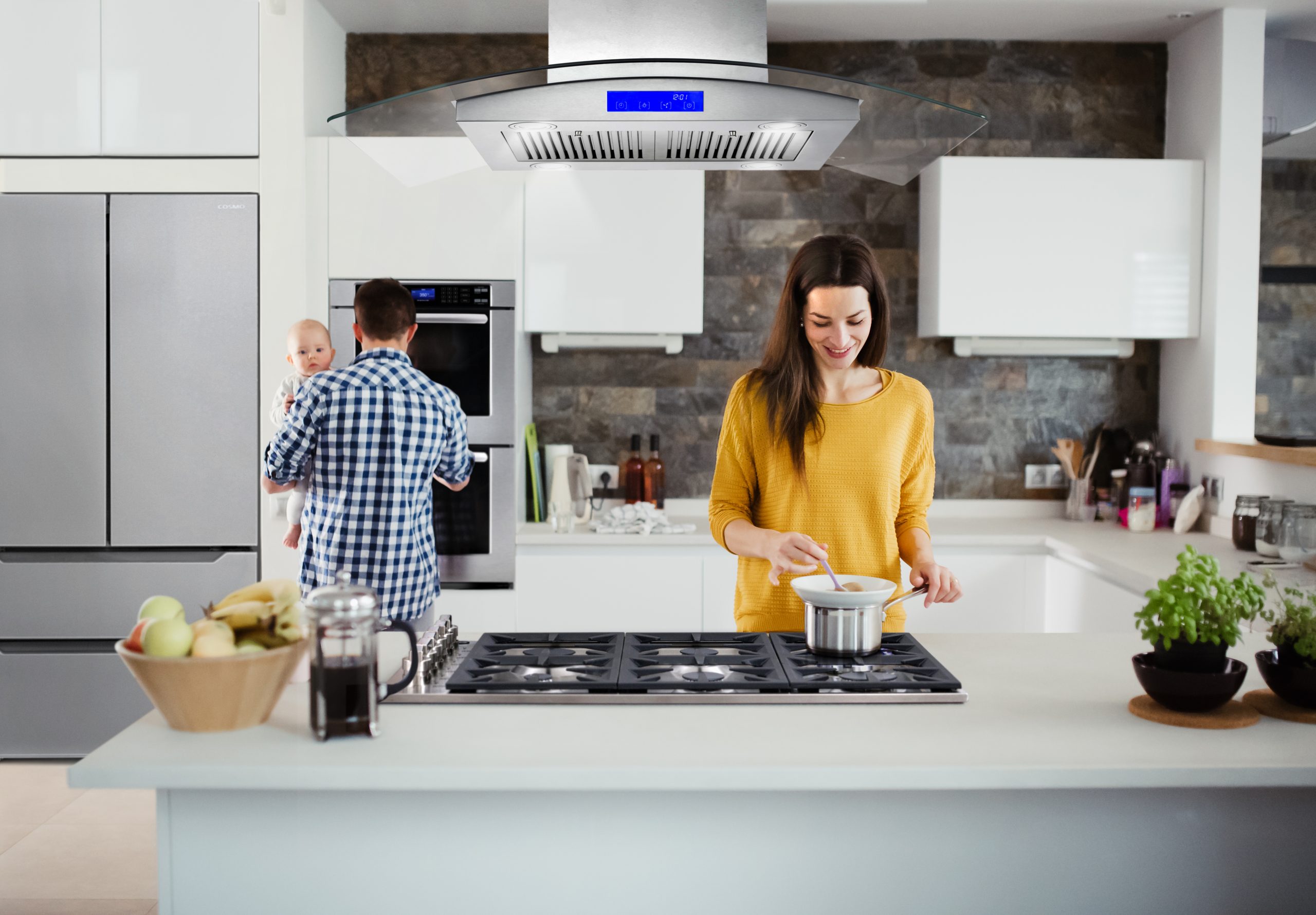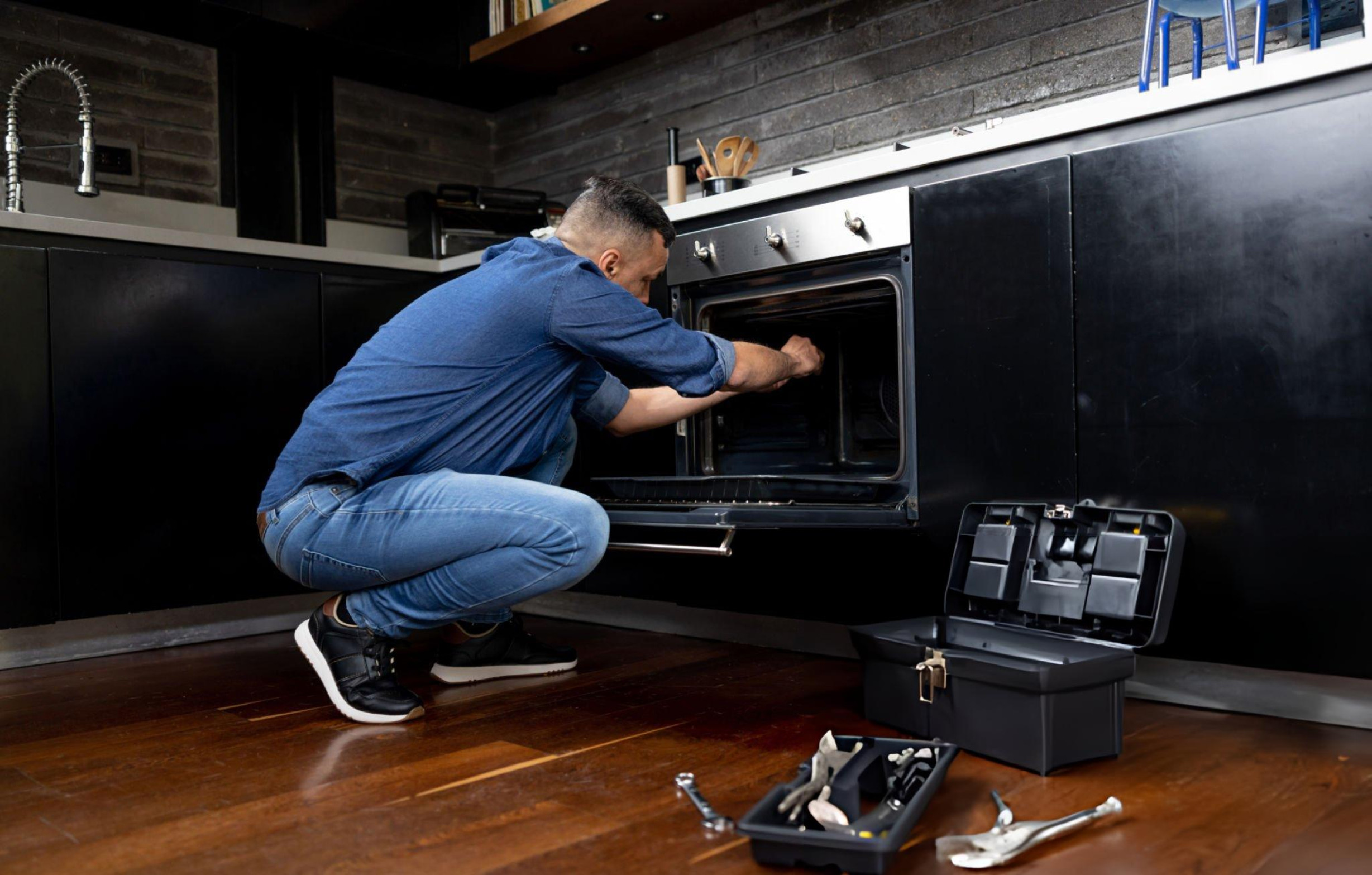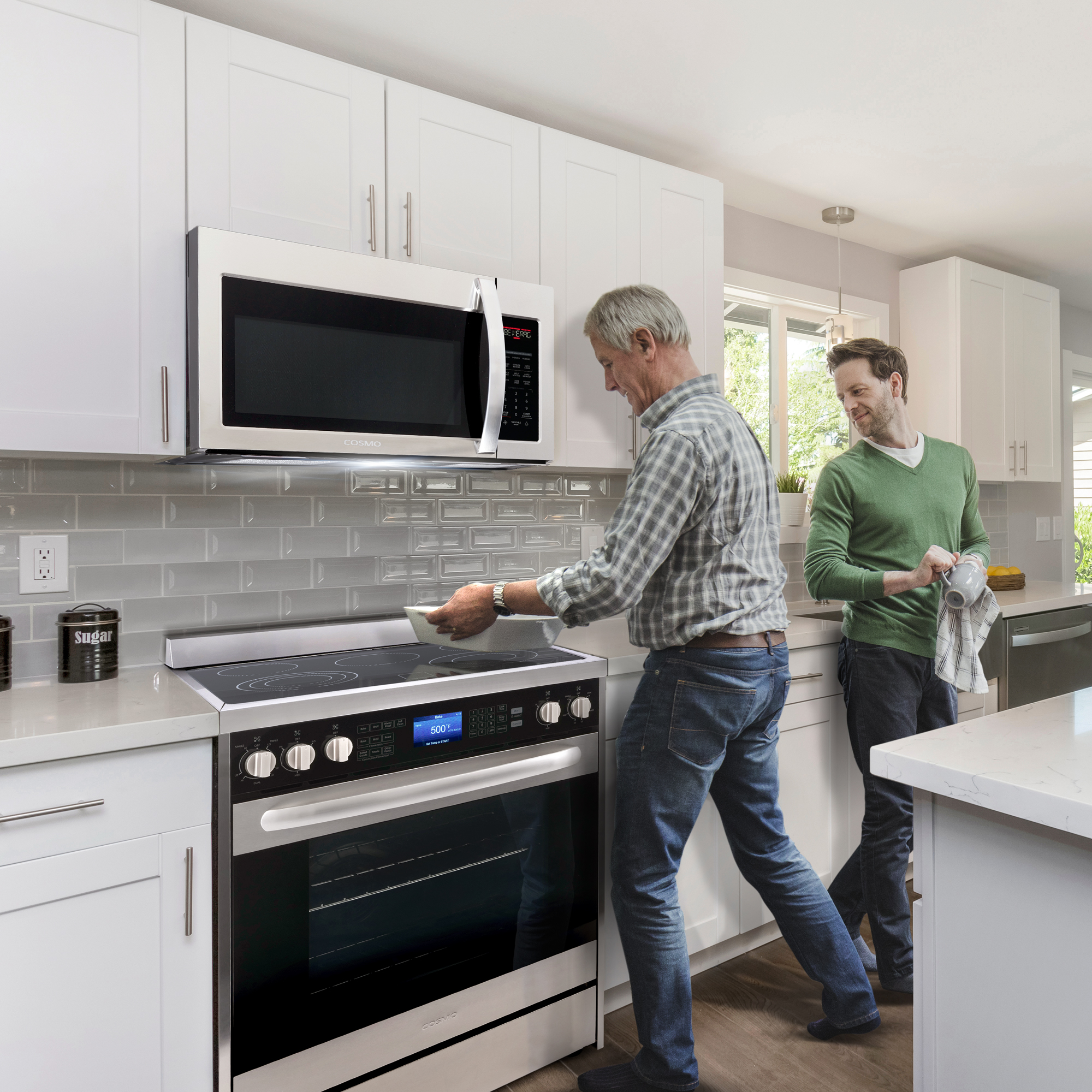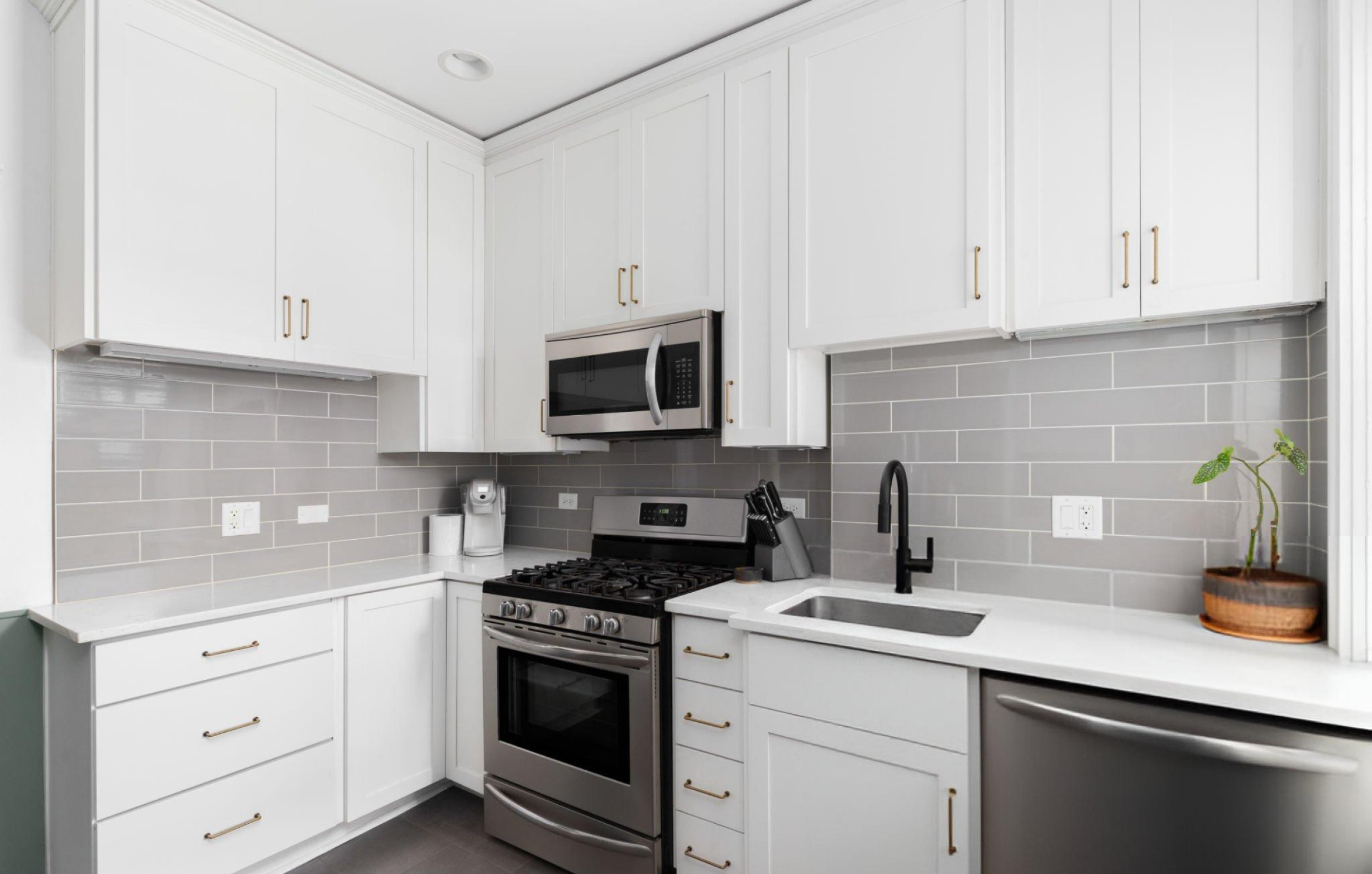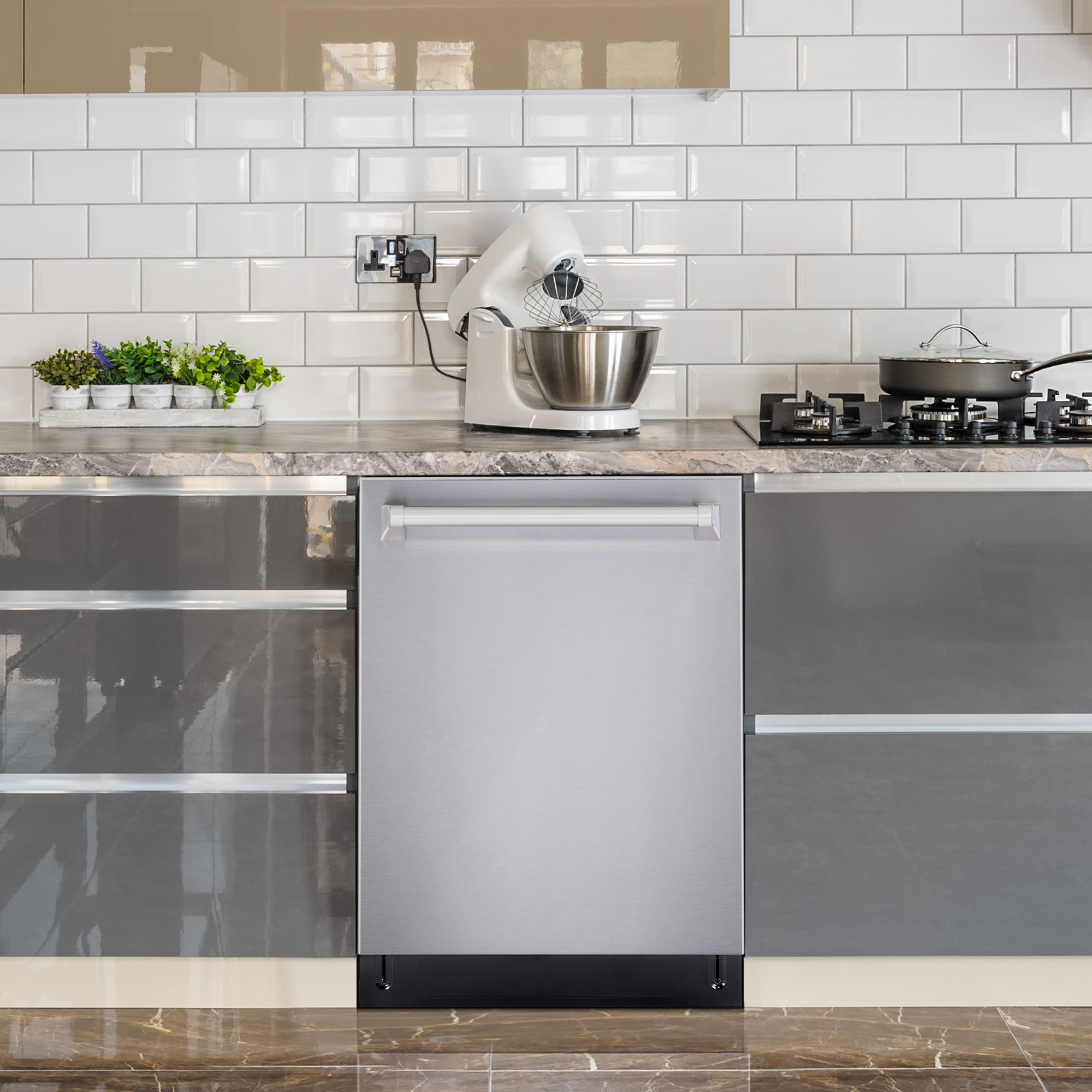Why Restaurant Kitchens Are Set Up Completely Different Than Home Kitchens
Walk into any restaurant kitchen and you’ll immediately notice it looks nothing like the kitchen in your home. The layout, equipment, workflow, and even the basic philosophy behind the design are fundamentally different. Understanding these differences helps explain why trying to replicate a restaurant kitchen at home often creates more problems than it solves, and why home kitchens need their own unique approach to design and functionality. Restaurant kitchens are built around completely different priorities than home kitchens. They’re designed for speed, volume, and multiple cooks working simultaneously under intense pressure. Home kitchens, on the other hand, need to balance cooking functionality with family life, entertaining, and often serving as the heart of the home. These different priorities create dramatically different spaces. The Fundamental Philosophy Difference Restaurant kitchens exist for one purpose: producing food as quickly and efficiently as possible for paying customers. Every design decision flows from this single goal. There’s no consideration for aesthetics, comfort, or creating a welcoming space because those factors don’t contribute to getting food out faster. Home kitchens serve multiple purposes beyond cooking. They’re gathering spaces for families, homework stations for kids, entertainment areas for guests, and often the most-used room in the house. This multi-purpose nature means home kitchen design must balance many competing priorities that restaurants never consider. The commercial kitchen mentality focuses on pure efficiency and durability. If it doesn’t make cooking faster or last longer under heavy use, it doesn’t belong in a restaurant kitchen. Comfort, appearance, and personal preference take a distant back seat to functionality. Home kitchen design must account for the reality that most people aren’t cooking eight hours straight every day. The space needs to work well for occasional cooking while remaining pleasant for all the other activities that happen there. This fundamental difference affects every design choice. Regulatory requirements shape restaurant kitchens in ways that don’t apply to homes. Health codes dictate specific materials, spacing, ventilation, and equipment that home kitchens never need to worry about. These regulations exist to protect public health but create requirements that would be excessive in residential settings. The Work Triangle vs. The Assembly Line Home kitchens typically follow the work triangle concept, positioning the sink, stove, and refrigerator in a triangular arrangement that minimizes walking while cooking. This design works well for one or two cooks preparing family meals where the same person handles multiple tasks. Restaurant kitchens use station-based layouts where different cooks handle specific tasks at dedicated workstations. The sauté cook stays at the range, the grill cook at the grill, and the prep cook at the prep station. Food moves between stations rather than cooks moving around the kitchen. The assembly line approach in restaurants means each station is optimized for its specific function. The grill area has everything needed for grilling within arm’s reach, while the pasta station has pots, colanders, and ingredients organized for maximum efficiency. This specialization would be wasteful in homes where one person does all these tasks. Linear workflow in commercial kitchens moves food from prep areas through cooking stations to plating areas in a logical sequence. Home kitchens don’t need this level of workflow optimization because the volume and pace are completely different. Multiple simultaneous users in restaurants require wide aisles and clear traffic patterns that prevent cooks from colliding during rush periods. Home kitchens rarely need this much space since family cooking involves fewer people moving at slower speeds. Equipment That Makes No Sense at Home Commercial ranges pump out heat levels that home cooking rarely requires. A restaurant range might have burners producing 25,000-30,000 BTUs or more because speed matters when you’re cooking dozens of orders per hour. Home cooking rarely benefits from this extreme heat, and the additional cost, ventilation requirements, and energy consumption don’t make sense for typical residential use. Reach-in refrigerators and freezers in restaurants prioritize accessibility over energy efficiency. Commercial units are designed to be opened hundreds of times per day without losing much temperature, but they consume far more energy than home refrigerators. The trade-off makes sense for restaurants but not for homes. Commercial dishwashers complete cycles in 90 seconds to 2 minutes, compared to the hour or more that home dishwashers take. This speed comes at the cost of extremely hot water, special detergents, and maintenance requirements that make no sense for washing dinner dishes once a day. Prep tables with built-in cold storage keep ingredients at safe temperatures during prep work, crucial when prepping large quantities over hours. Home cooks preparing dinner for a family don’t need refrigerated work surfaces and would waste the energy they consume. Specialized equipment like commercial mixers, food processors, and slicers handle volumes that would take hours by hand but represent overkill for home cooking quantities. The space they occupy and their maintenance requirements make them impractical for residential use. Material Choices Driven by Different Needs Stainless steel dominates restaurant kitchens because it’s durable, easy to sanitize, and meets health code requirements. The cold, industrial appearance doesn’t matter in commercial settings where customers never see the kitchen. Home kitchens can use warmer materials like wood, stone, and decorative finishes that create more inviting spaces. Sealed concrete or commercial tile floors in restaurants handle heavy traffic, frequent washing, and spills without damage. These surfaces feel hard and cold underfoot but provide durability and ease of cleaning that restaurant use demands. Home kitchens can use softer, warmer flooring that’s more comfortable for standing and more forgiving when dishes get dropped. Commercial-grade materials resist damage from heat, impacts, and harsh cleaning chemicals that restaurant use involves. Home materials can prioritize appearance and comfort over extreme durability since residential use is much gentler. Seamless surfaces and coved corners in commercial kitchens prevent bacteria growth and meet health codes but create an institutional appearance that most homeowners find unappealing. Home kitchens can use decorative trim and traditional joinery that would be unacceptable in commercial settings. Ventilation Requirements Are Completely Different Restaurant ventilation systems must handle massive amounts of heat, smoke,


